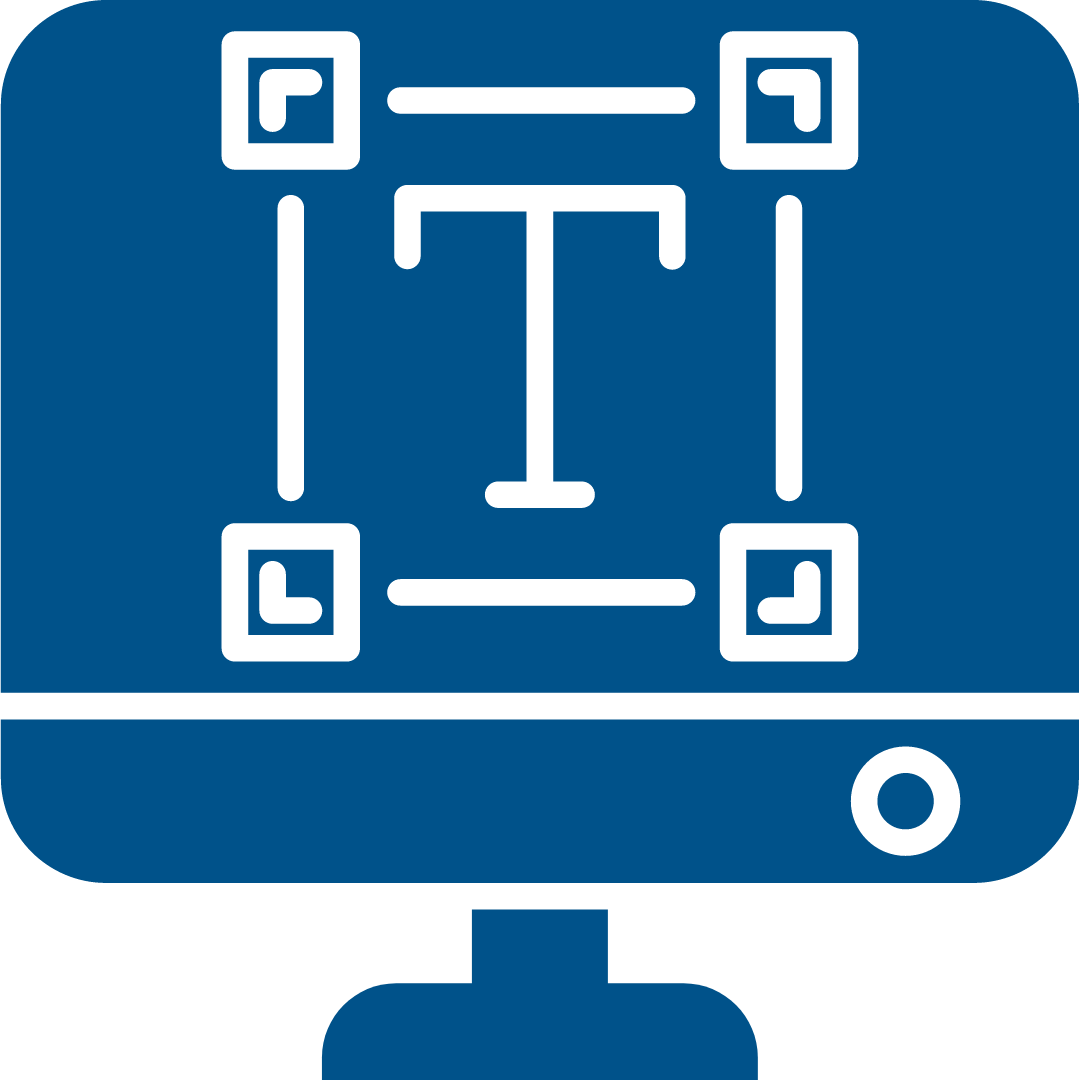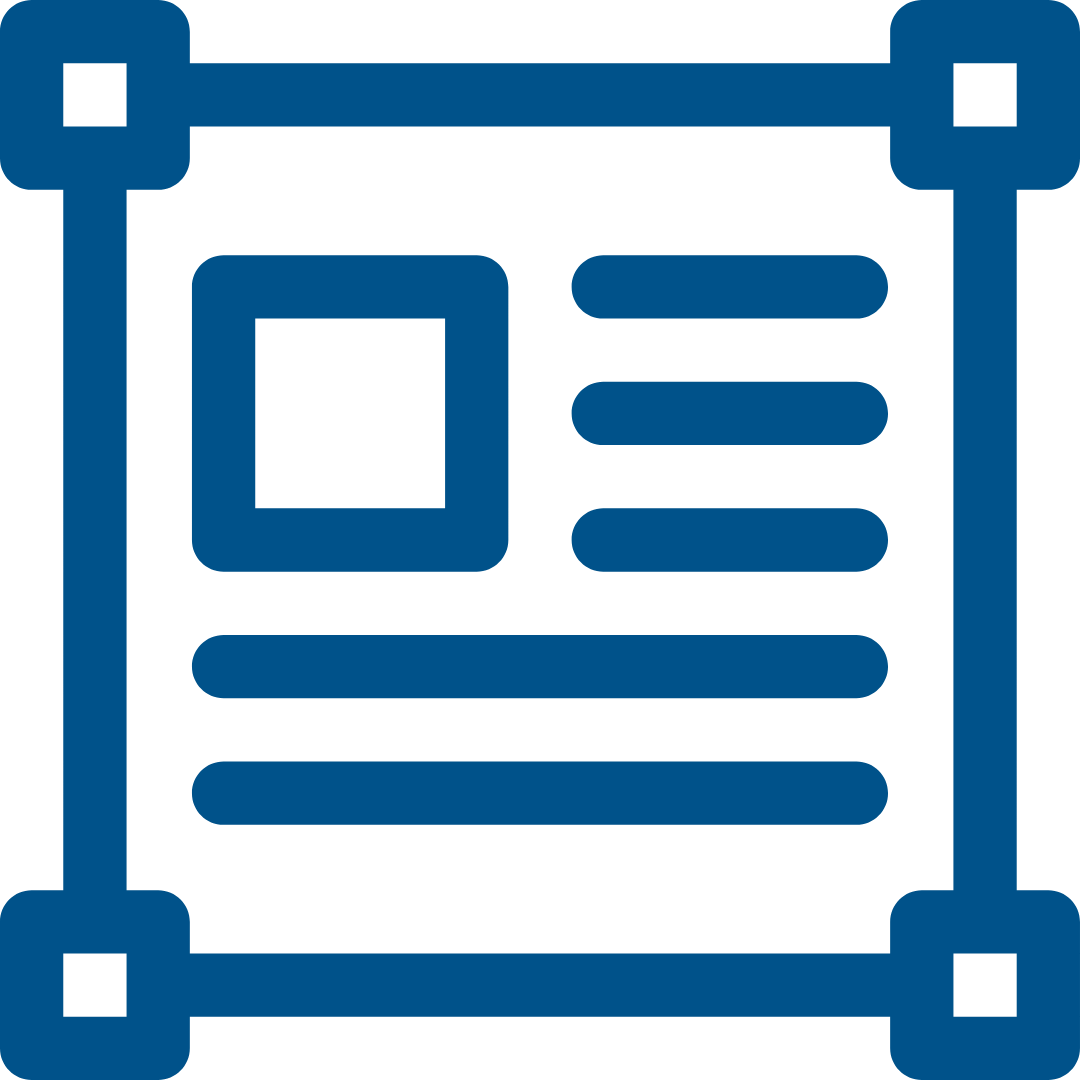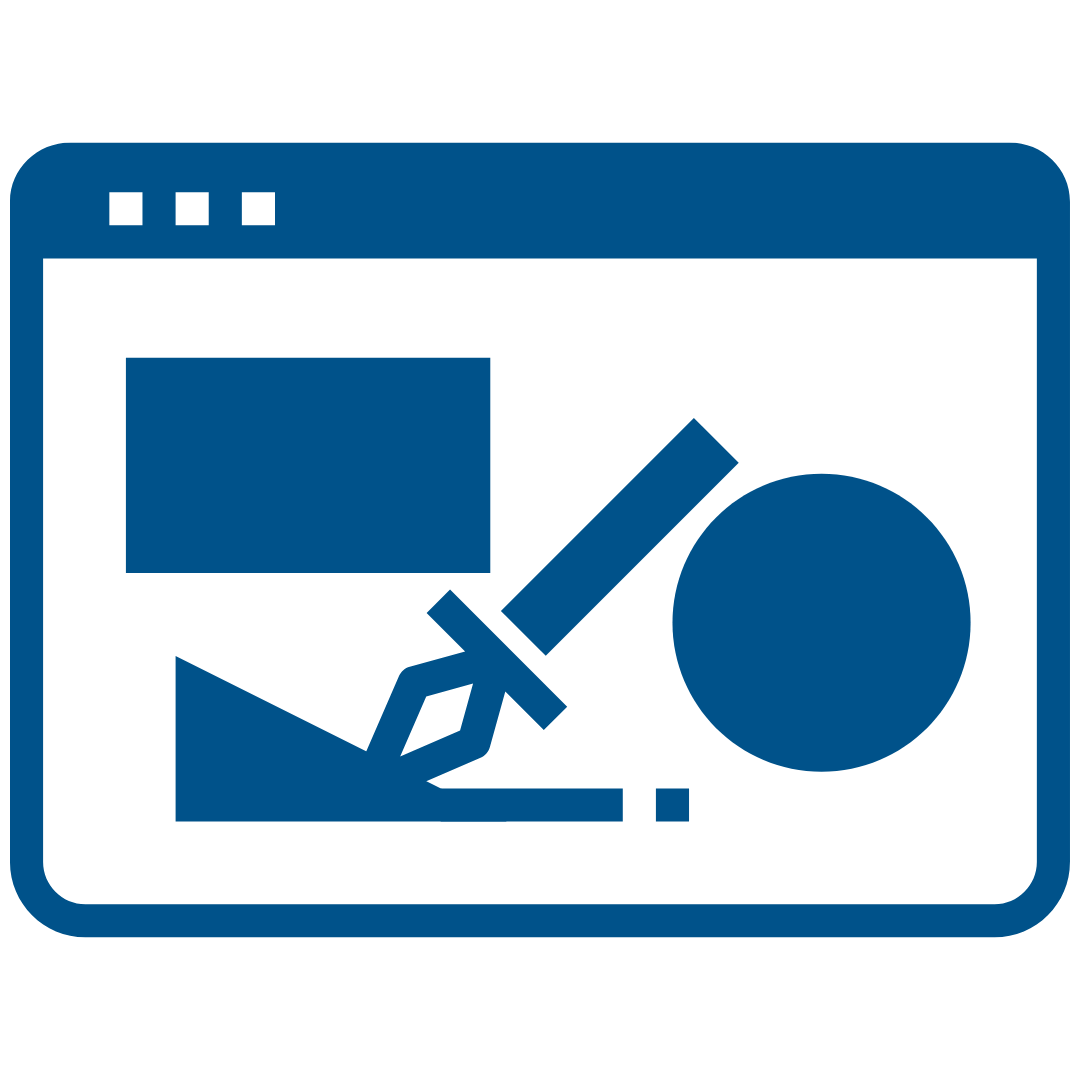10 Key Instructions For Frontend Development

Frontend is a constantly evolving field and yet there are are key instructions for frontend development that should always be kept in mind - It’s what separates a good frontend developer from a great frontend developer. Are you ready to elevate your frontend development skills and become a top-notch developer? In this frontend guide, we will take you through the elements and what you need to know about the most vital elements of frontend development.
What is Frontend Development?
Frontend development, also known as client-side development, is the process of building the user interface of a website or web application. It involves designing and coding the part of the website or application that users interact with directly, such as the layout, colors, fonts, buttons, forms, and other visual elements.
Frontend developers use a combination of HTML, CSS, and JavaScript to create a responsive and interactive user interface that looks good and functions well on different devices, such as desktops, laptops, tablets, and smartphones.
Frontend development is an essential part of the web development process because it determines how users interact with a website or web application. A well-designed and well-coded frontend can provide a great user experience and increase user engagement, while a poorly designed or poorly coded frontend can lead to frustration and a high bounce rate.
Frontend development is an exciting and constantly evolving field that requires a broad range of skills and knowledge. As a frontend developer, it is important to stay up-to-date with new technologies and techniques to build quality and optimized web applications. In this blog post, we will discuss 7 essential key instructions for frontend development success.
1. Learn HTML, CSS, and JavaScript
HTML, CSS, and JavaScript are the foundational technologies of frontend development. HTML is used to structure web pages, CSS is used for styling and layout, and JavaScript is used for interactivity and functionality. As a front-end developer, it is essential to have a strong understanding of these technologies and how they work together to build web applications.
2. Understand Responsive Design
Another one of the key instructions for frontend development is understanding responsive design. With the increasing number of devices and screen sizes, it is important to create responsive web applications that can adapt to different screen sizes. Understanding responsive design principles such as fluid grids, flexible images, and media queries will ensure your web applications look great on all devices.
3. Use a CSS preprocessor
CSS preprocessors like Sass and Less allow you to write CSS more efficiently and with less repetition. They also provide features like variables, nesting, and mixins, which make it easier to maintain and update your CSS code. Using a CSS preprocessor can save you time and effort in designing and developing your web application.
4. Use a CSS Framework
CSS frameworks like Bootstrap and Foundation provide pre-built CSS and JavaScript components that you can use to quickly build responsive web applications. A CSS framework also provides a consistent look and feel, which can save you time and effort when designing and developing your web application. Using a CSS framework can speed up your development process and provide a better user experience.
5. Optimize Your Code
Optimizing your code can improve the performance of your web application and provide a better user experience. You can optimize your code by minimizing file sizes, using compression, reducing the number of HTTP requests, and using caching. By optimizing your code, you can ensure that your web application loads quickly and provides a great user experience.
6. Pay Attention to Typography
Typography influences the end look of the design a great deal. When faced with the task of choosing typography, be prepared to invest a considerable amount of time and dedication. This is no hasty decision; it's a meticulous craft that requires thorough exploration. Browse for good font pairings online. Try out these pairings and see if you end up with the best typography for the project. If you're collaborating with a designer, honor their artistic vision by embracing their typography choices. But remember, it's not just about selecting a font; pay attention to the subtleties—the line spacing, the letter spacing, and beyond. Every element of typography must harmonize seamlessly with the design.

7. Test Your Web Application
Testing your web application ensures that it works as intended and provides a good user experience. You should test your web application on different devices and browsers to ensure that it works properly. Testing your web application can help you identify and fix any issues before your users encounter them.
8. Stay up-to-date with New Technologies
Frontend development is a constantly evolving field, with new technologies and techniques emerging regularly. You should stay up-to-date with new technologies like CSS Grid, Flexbox, and React, and learn how they can improve your web development process. By staying up-to-date with new technologies, you can remain competitive in the field and provide the best possible user experience.
9. Be Selective About Alignment and Whitespace
Whitespace and alignment matter! Here's a tip: If the design looks like it's going to be using spacings of 20 units, 40 units, and so on, then ensure every spacing is a multiple of 20 units. Make sure your elements are aligned down to the pixel, with spacing around each edge. In case you can't do that, for instance, when you need extra space to show hierarchy, you can use multiples. For instance, Let's say your default spacing is 20 units – you can create a sense of separation by doubling it, adding a dash of visual distinction. Need more room? Triple it! With each multiple, you'll create a clearer distinction. It all helps create a sense of balance and precision.

10. Create designs in a Graphics Program
Imagine this: You've poured your heart and soul into a project, meticulously crafting every pixel to perfection. However, in the world of design, there are always those minor tweaks that need to be addressed. During this time, you won't always have a designer for a quick fix. Whether it's making the checkmark that appears when you check the checkbox or a layout discrepancy that was missed, it's always given to frontend developers. During these instances, you should always use a graphics program for mockups. It could be any tool you use, like Photoshop, Illustrator, Fireworks, and GIMP among others. However, do not think about designing from your code right away. Take some time to launch a real graphics program so you get an idea of how it should look then you can go to the code.

Frontend development is a complex and exciting field that requires a broad range of skills and knowledge. Following these 7 essential key instructions will help you build quality and optimized web applications that provide a great user experience. Remember to keep learning and stay up-to-date with new technologies to remain competitive in the field. To know more, get in touch with our experienced and attentive frontend developers today!

Why Do We Debug Code?

Sjinnovation’s Project Management Process


